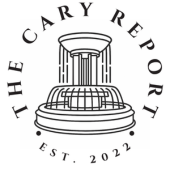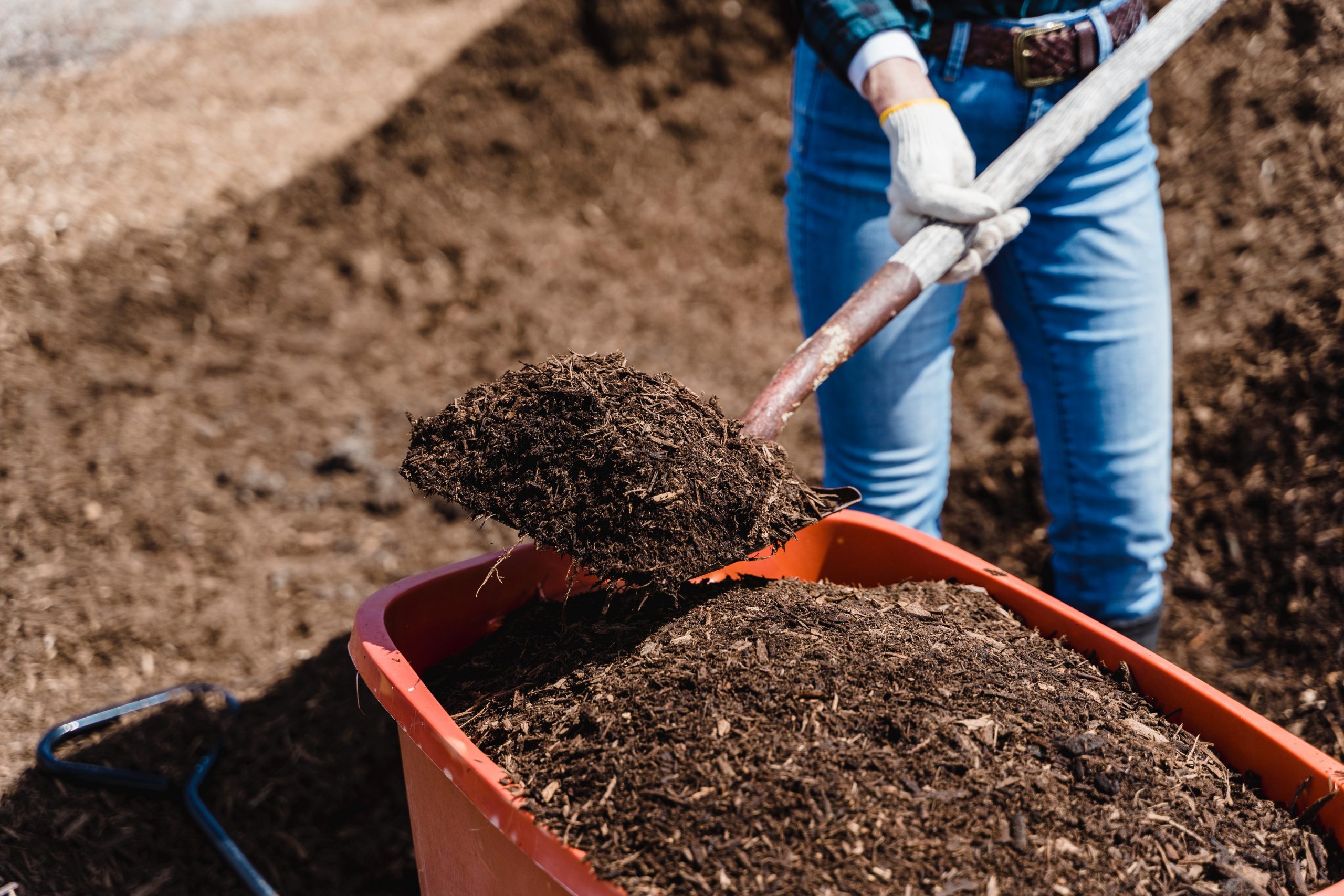Cary Food Waste Pilot Program Exceeds Expectations – Becomes Permanent
Cary, North Carolina has announced that its Food Waste Drop-off program has exceeded its pilot goals and will now become a permanent service. The program, which was established in February 2022, was designed to collect food scraps from households to be composted, thus reducing waste sent to landfills. The initial goal of the pilot was to collect 16 tons of food waste, but it ended up collecting 40 tons, which is 150% more than its target. Over the course of 12 months, the program received over 12,000 food scrap drop-offs.
According to a waste characterization study conducted in 2019, food waste accounts for 27% of Cary’s landfill waste. The Food Waste Drop-off, located at the Citizen’s Convenience Center (313 North Dixon Avenue), aims to provide citizens with an option to reduce their household waste. The program accepts a variety of food waste, including food scraps, coffee grounds, teabags, paper towels, paper plates, BPI-certified compostable items, pizza boxes, and pet food. All the material collected is composted at a local facility, and some of the finished compost is returned to the community to help enrich soil and promote healthy plant growth.
“The success of our pilot is a direct reflection of our citizens’ commitment to sustainability,” says Danna Widmar, Assistant Town Manager for Cary. “We are grateful for the support we received from Toward Zero Waste and NC DEQ, and we encourage all citizens to try out the program if they haven’t already.”
Cary’s Food Waste Drop-off is the only food waste collection site operated by the municipality in Cary. The usage of the program is tracked and can be found on the Open Data Portal. Citizens who are interested in using the program can find more information and a list of acceptable food waste items at townofcary.org/foodwaste.
Above is an interactive chart of the program’s results that is updated monthly (you can also find this chart on the Open Data Portal).




